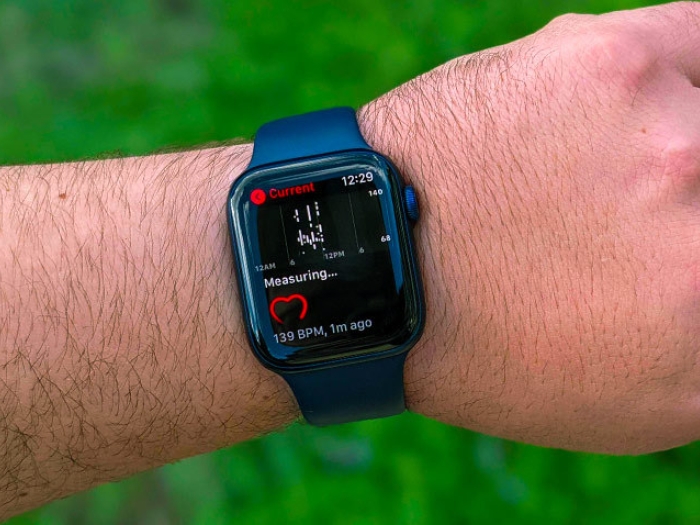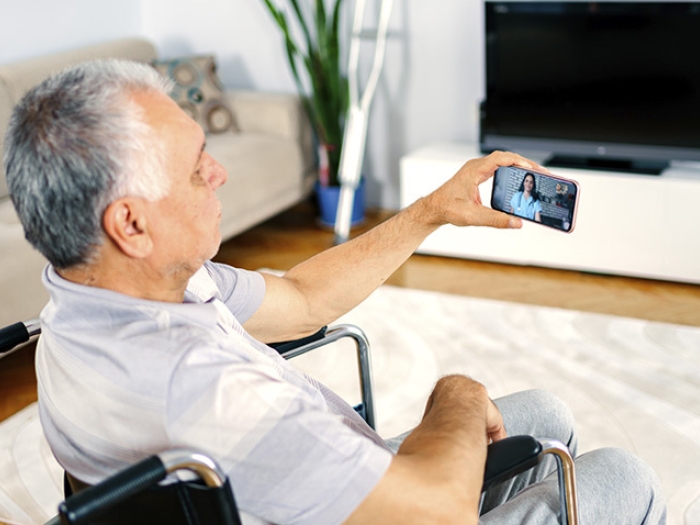Microscopic nanoparticles could be the key to blocking bacterial proteins that cause infections to spread — technology with particular benefit to high-risk hospital patients.
1:00 PM
Author |
To combat the big problem of antibiotic-resistant bacteria, University of Michigan researchers are thinking small.
MORE FROM THE LAB: Subscribe to our weekly newsletter
Ongoing studies are exploring the medicinal potential of tiny nanoparticles — each about 1/100 the size of a bacteria — which can be molded into pyramids or spheres, among other shapes.
The intent of these strategic contours: to nestle into the nooks and crannies where bacterial proteins function and, in turn, prevent an infection from spreading.
Known as "nanobiotics," the technology has dual purpose. It could be administered to a patient orally or via injection — like a typical antibiotic — when a problem develops.
But it also could be used pre-emptively to coat the surfaces of medical devices (catheters, pacemakers or knee joint replacements, for example) that are prone to infection once implanted.
In either scenario, "We're designing them to be a pretty deadly tool," says Nicholas Kotov, Ph.D., a U-M professor of biomedical and chemical engineering. "They are bigger, they are heavier, they are more potent."
And it could mark a major win against ever-morphing bacteria that have become increasingly resistant to antibiotics that haven't changed in decades.
Nanobiotics could most benefit patients with implanted devices, which are the most common source of health care-associated infection, says J. Scott VanEpps, M.D., Ph.D., an assistant professor of emergency medicine at U-M.
SEE ALSO: New Technique Slashes Diagnosis Time During Brain Surgery
Having to remove and replace a heart valve or prosthetic hip, he notes, is "a big deal."
Going forward, the U-M team hopes not only to prevent and combat such infections using nanobiotics but to also learn more about its intricacies.
"The process we are in now is going beyond the idea that a nanoparticle just kills the bacteria to understanding really what those molecular events are," says VanEpps. "Linking those downstream events to the first thing that happens when a nanoparticle gets there will allow us to design the most efficient nanoparticle … getting more things out to the people that need it."
Video by Joseph Xu, U-M College of Engineering

Explore a variety of healthcare news & stories by visiting the Health Lab home page for more articles.

Department of Communication at Michigan Medicine
Want top health & research news weekly? Sign up for Health Lab’s newsletters today!




